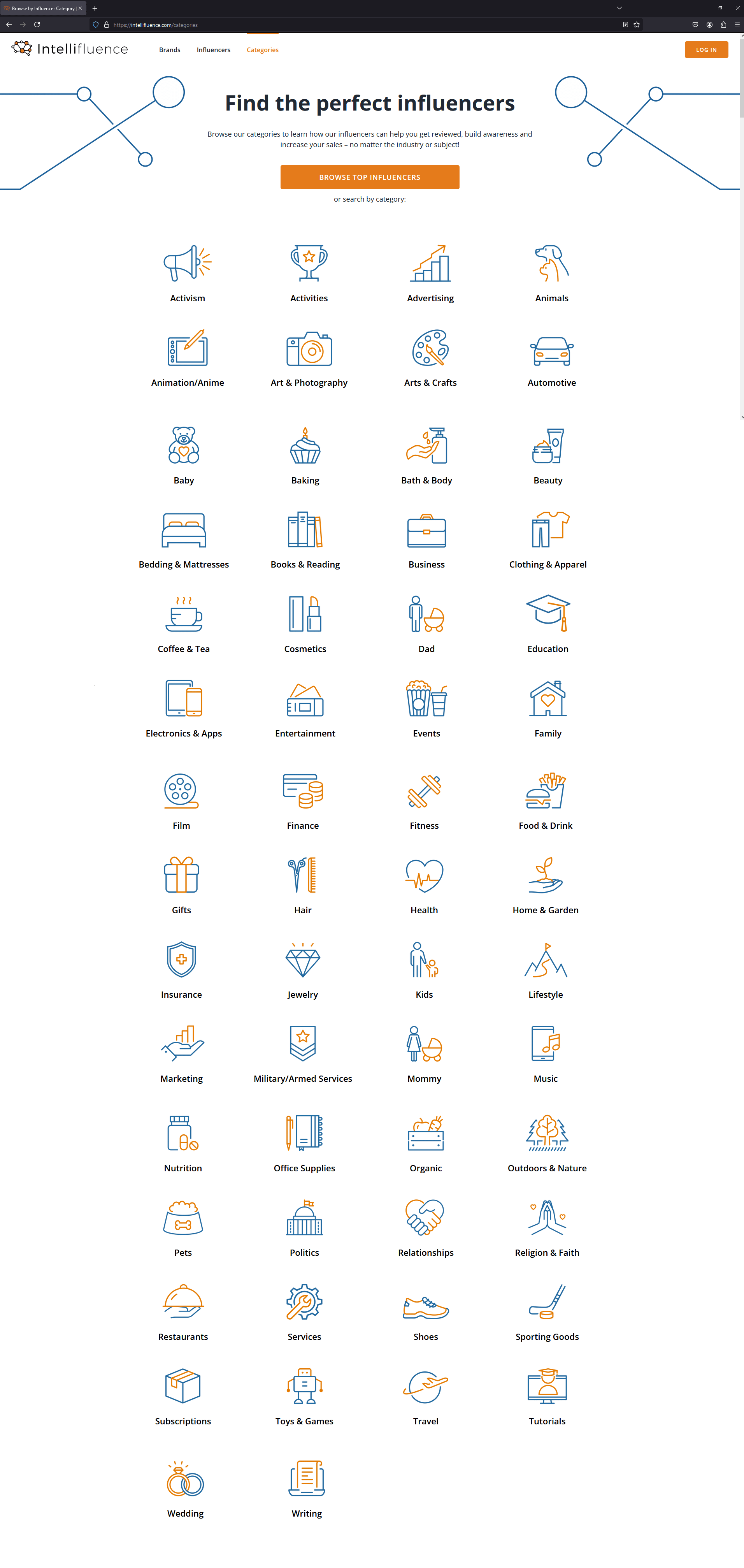In the ever-evolving landscape of digital marketing, leveraging the influence of social media personalities has become a cornerstone strategy for many brands looking to amplify their reach and authenticity. Identifying the right influencers to collaborate with is crucial, not just to ensure alignment with your brand’s values and goals but also to maximize the impact of your marketing efforts. This article outlines strategic methods to find and vet influencers who can authentically advocate for your products and services.
Understanding Your Brand’s Needs
Before diving into the influencer search, it’s essential to have a clear understanding of what your brand aims to achieve with an influencer collaboration. Define your campaign goals—are you looking to increase brand awareness, drive sales, or perhaps enter a new market? Also, consider your target audience’s demographics such as age, location, interests, and spending habits. These factors will guide you in selecting an influencer whose followers align with your target market.
If you are new to influencer marketing, you might be unsure about how to find influencers for your brand to collaborate with. Intellifluence makes it super easy for brands to find influencers who are the right fit by allowing them to filter our database by a specific specialty. When brands create a campaign on Intellifluence, they are required to indicate which specialty or specialties their product would fall under, and the same is true for influencers. During the registration process on Intellifluence, an influencer can select up to ten categories of products they are interested in receiving and providing a review on. Furthermore, when brands filter by the specialty or specialties associated with their product, our database will only show influencers who indicated they are interested in that type of product.
Finding Influencers for Your Brand
- Review Influencer Content: Start by reviewing the content that potential influencers post. Does it align with your brand’s aesthetic and values? For example, if you’re a supplement company, you might look for influencers who regularly post about wellness, fitness, and healthy living, as their audience is likely to be interested in supplements as well.
- Evaluate Engagement Metrics: Beyond follower count, assess the engagement rate of potential influencers. This includes likes, comments, shares, and the quality of those interactions. High engagement rates often indicate a loyal and active following, which is more valuable than a large but dispassionate audience.
- Audience Relevance: It’s crucial that the influencer’s audience matches your target demographic. Tools like Instagram Insights or third-party analytics platforms can provide demographic information about an influencer’s followers. Check for alignment in terms of interests, age, gender, and even geographical locations.
- Authenticity and Credibility: When answering the question of how to find influencers to promote your product, brands should evaluate how authentic the influencer’s interactions appear. Does the influencer genuinely use the products they promote? Have they been involved in controversies that might affect their credibility? Influencers who use and like your product organically before a paid partnership are ideal, as their endorsements are more likely to be trusted.
- Past Collaborations: Look into the influencer’s history of collaborations. How do they integrate promotional content into their regular postings? An influencer who seamlessly integrates sponsorships into their content while maintaining their original voice is preferable. Also, their previous partnerships can give you insight into whether they can attract and maintain partnerships successfully.
- Consistency: Consistency in posting frequency and quality over time is a good indicator of an influencer’s reliability. Fluctuations in posting frequency or quality can impact campaign performance and audience retention.
Vetting Prospective Influencers
Once you’ve identified a potential influencer, vetting them thoroughly is imperative:
- Direct Communication: Initiate direct communication to gauge their professionalism and enthusiasm for your project. Their response time and the quality of their communications can also indicate how seriously they take their partnerships.
- Request a Media Kit: Experienced influencers typically have a media kit that includes detailed demographics of their audience, past collaboration case studies, testimonials, and metrics of their work. This document can help you assess their suitability for your campaign.
- Negotiate Expectations: Clear communication about expectations, deliverables, timelines, and compensation helps ensure both parties are on the same page. This includes discussing content approval processes and any contractual obligations.
- Trial Campaigns: Consider conducting a small-scale trial campaign to observe the influencer’s impact on your brand. This approach allows you to assess the ROI of the collaboration without committing extensive resources initially.

Featured Influencer: Callum Dobson
Callum Dobson is a Travel & Lifestyle influencer on Instagram who partners with Brands, Organisations and fellow influencers to help grow their professional and personal brands. Callum has worked with numerous large brands such as Goli Nutrition, CruiseSaleFinder, Dream Cruises and Sachii Watches to create compelling Instagram story and feed posts in order to maximise the amount of growth and sales.
If you are having trouble finding potential influencers to collaborate with, Intellifluence support is always available to provide guidance on how to find influencers to promote your product.
Examples of Successful Influencer Collaborations
- Fitness Supplements: A well-known supplement brand partnered with a fitness influencer to create a series of workout videos that included the use of their products. This not only boosted the product’s visibility but also demonstrated its use in a practical, relatable setting.
- Fashion and Lifestyle: A lifestyle brand collaborated with a fashion influencer for a “day in the life” video series, subtly integrating their products into everyday scenarios, thereby showcasing the brand’s versatility and aligning with the influencer’s aesthetic.
- Tech Gadgets: A tech company launched a new smartphone and partnered with tech YouTubers for unboxing videos. These influencers’ deep dives into the product features helped in educating potential customers and driving pre-orders.
The best way to find influencers for your brand involves a careful blend of strategic searching, thorough vetting, and clear communication. By ensuring that the influencer’s audience, content style, and values align with your brand, you can forge partnerships that not only enhance visibility but also foster genuine consumer engagement and loyalty.

SallyBot is committed to helping users get the most out of Intellifluence. By helping brands create campaigns, providing unparalleled customer service and offering useful advice, nothing makes SallyBot happier than hearing she is liked… Really, really liked.







